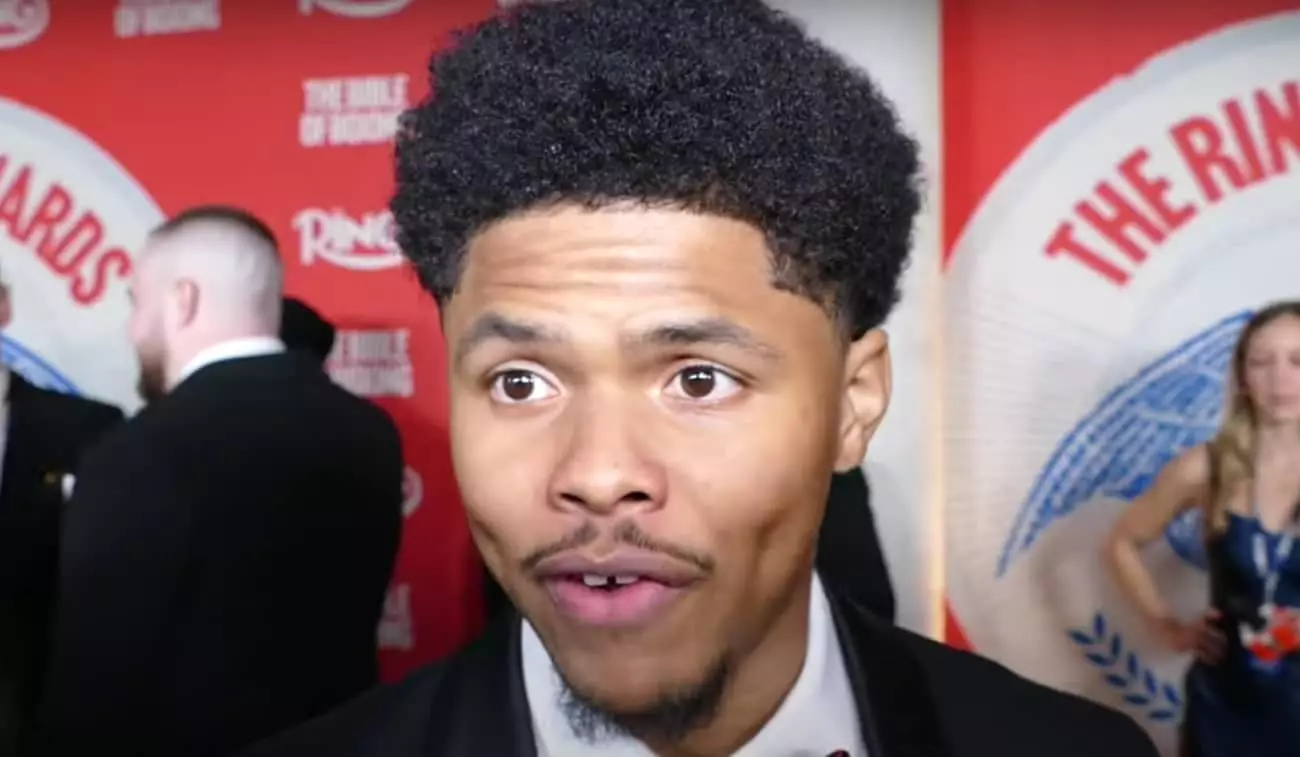In the world of sports, particularly in boxing, the allure of a fighter’s name can often dictate their trajectory. Shakur Stevenson, the current WBC lightweight champion, finds himself at a pivotal juncture in his career that raises questions about not only his marketability but also his ability to attract the top-tier fights that fans crave. With a scheduled bout on February 22nd, buried deep on an undercard that features Artur Beterbiev versus Dmitry Bivol, Stevenson’s status is called into question. Being positioned on a lesser platform signals that his brand may not be resonating as strongly as he or his promoters may hope.
Performance Under the Spotlight
Stevenson’s recent performances have garnered mixed reactions, being described as lackluster and even drawing boos from audiences. This unfavorable feedback from fans is a significant concern for any champion aiming to solidify their place in the sport. The contrast between the fighters who have consistently generated excitement and viewership and Stevenson’s past few bouts is stark. If Stevenson is unable to recognize that his fighting style might not be thrilling fans, he risks being marginalized in a sport that thrives on entertainment. A fighter’s charisma in the ring can be just as critical as their technical skill; a lesson Stevenson’s current positioning seems to underline.
In a recent interview, Stevenson explicitly stated that he’s not interested in chasing after Gervonta “Tank” Davis, indicating a detachment from the notion that a fight between them is necessary for his success. This sentiment could stem from an understanding that fighters, even at the championship level, should not have to depend solely on one matchup to validate their careers. However, this perspective may be shortsighted given that Davis represents a significant challenge and an opportunity for Stevenson to elevate his profile within boxing.
The possibility of Turki Al-Sheikh facilitating a showdown between Stevenson and Davis speaks to the complicated relationships between fighters, promoters, and the fight market itself. The outcome of such efforts could either reinvigorate Stevenson’s career or leave him stranded with fewer appealing options. As he himself has acknowledged, fighting his friend Keyshawn Davis is off the table, narrowing his opportunities further. Interesting challenges lie ahead in the forms of William Zepeda and Vasily Lomachenko, but their willingness to engage is uncertain.
Stevenson’s comments on Davis’s potential retirement highlight a crucial point about the transient nature of boxing careers. For Stevenson, proving that he doesn’t “need” Davis could backfire if it leads to isolation in a competitive landscape ripe with potential foes. The need for compelling and marketable bouts remains paramount in cementing a legacy. As Stevenson navigates this crossroads, it is essential for him to reassess how he engages with the landscape of the lightweight division and to cultivate the fights that will not only define his career but also captivate the boxing audience. The path forward is not merely about defending titles; it is about reviving the spark that originally compelled fans to rally behind him as a champion.


Leave a Reply